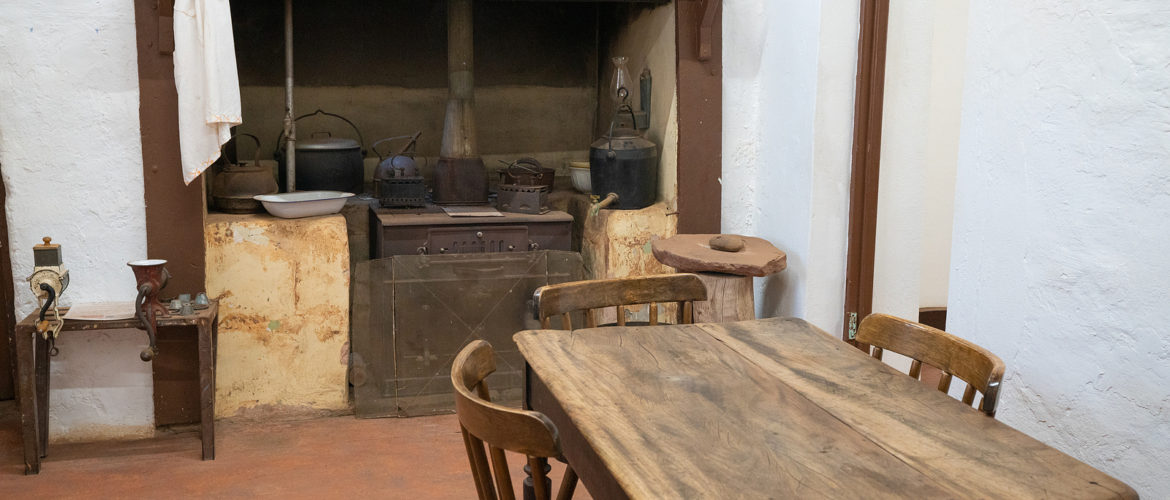Exploring the Relationship Between Amish Furniture and Wood Types

Amish furniture is well known for its nature as solid wooden pieces. Such pieces are renowned for their longevity and durability. What some people might not know, though, is that Amish furniture is locally sourced and harvested.
That means the types of wood involved can vary a lot, and understanding the different kinds of wood and style of Amish furniture can help with making the right purchasing decisions.
Red Oak
This is one of the most common woods used in Amish furniture. It is a commonly found wood across much of what has become Amish country, making it readily available for ecological sourcing and harvesting. Thanks to its wide availability, it also tends to be the most affordable option when it comes to Amish furniture creations.
Other oaks are also available from Amish manufacturers and tend to be pretty common as well, though some are treated more than others. White oak, for example, is carefully tended to in order to maintain its distinctive coloration pattern, which is found in only some parts of the wider red oak range.
Maple
A durable and commonly available wood, maple is favored for its strength in comparison to a lot of other woods utilized by Amish craftsmen. This durability is handy for furniture like wood chests made by the Amish, as such pieces can handle a hefty load without cracking under strain. They can also get rather heavy, though, so remember to take that into account if you have to move the piece a lot.
Hickory
Even denser and stronger than maple, hickory is also prized because it has a bit of give. That means it can take a serious load without cracking or warping the wood. Such a boon is ideal for pieces like bookcases from Amish Furniture Factory. Again, though, denser woods can be heavy, so make sure to use care if you have to move them.
Cherry
A softer hardwood known for its dark color and aging well, cherry is, perhaps, best used for pieces that don’t take a lot of strain. Pieces like a coffee table or lightly used desk are classic examples for this wood, which wants to be admired as much as it is used.
Walnut
The distinctive brown of walnut is almost as iconic as the red of cherry. Slightly denser than cherry, walnut is still relatively soft for hardwood. Still, its deep coloration makes it an ideal piece for a room with darker coloration, just like with cherry.
Location, location, location
When it comes to highly desired pieces like Amish furniture, location matters. Not all woods will be readily available from all Amish sources. That is one of the downsides to locally sourced products, but it also makes what is available in your area all the more special.
As previously mentioned, woods like maple and oak are pretty common across the northern United States, which is where most Amish populations have settled over the centuries. Cherry, in contrast, is generally found in Appalachia, so only Amish settlements in that region will likely make such furniture.
That means woods like cherry will be harder to find and more expensive than pieces made from oak or maple. Knowing the hardwoods that are common in your area will help determine the best deals and the best woods for making your Amish furniture purchases.
What different woods mean for the makers
As previously mentioned, certain hardwoods are better suited to certain types of pieces. Harder, denser woods are ideal for sturdy furniture like tables and desks, while softer woods are generally used for end tables and other, less heavy-duty functioning furniture.
Understanding where you can find what pieces constructed from which woods is an important part of shopping for Amish furniture. Amish craftsmen make use of locally sourced and harvested woods because of the nature of their isolated lifestyles and small-batch production.
That means certain pieces will be easier to find in some areas and harder or impossible to find elsewhere. While you can find a red oak desk almost anywhere, finding a walnut chest might take some hunting.
Some quick research on what local Amish craftsmen provide can help a lot with finding the right pieces to suit your needs. It also helps ensure the furniture you buy is up to the task. You might be able to find a bookcase made from a softer hardwood, but would you actually want to buy such a piece when sturdier, more reliable options are available?
The downside to such shopping is you might not always find what you want. However, if you look carefully across the wide worlds of Amish country and the internet, odds are good that you will find the furniture you need made from the ideal wood for the job.
